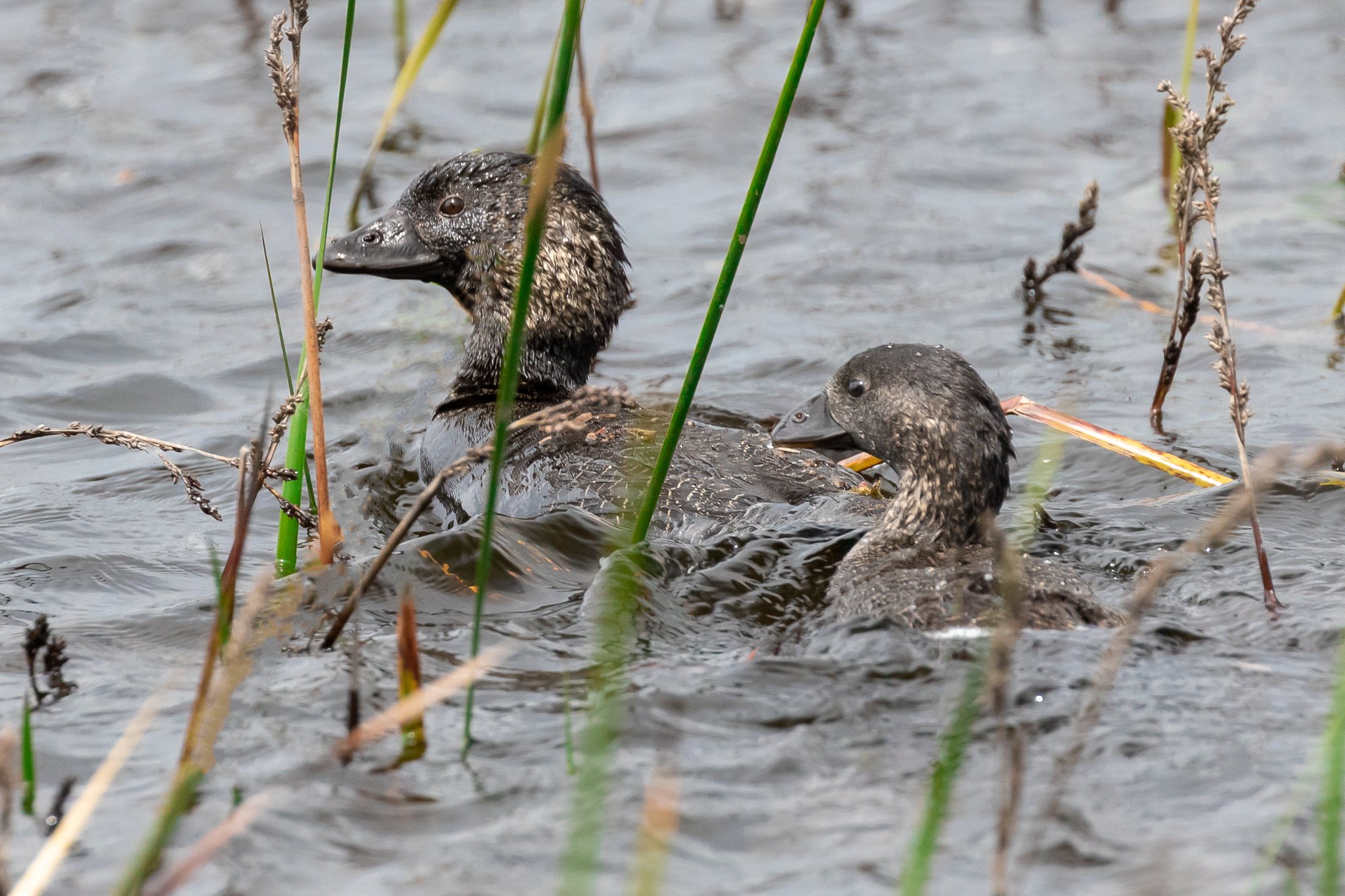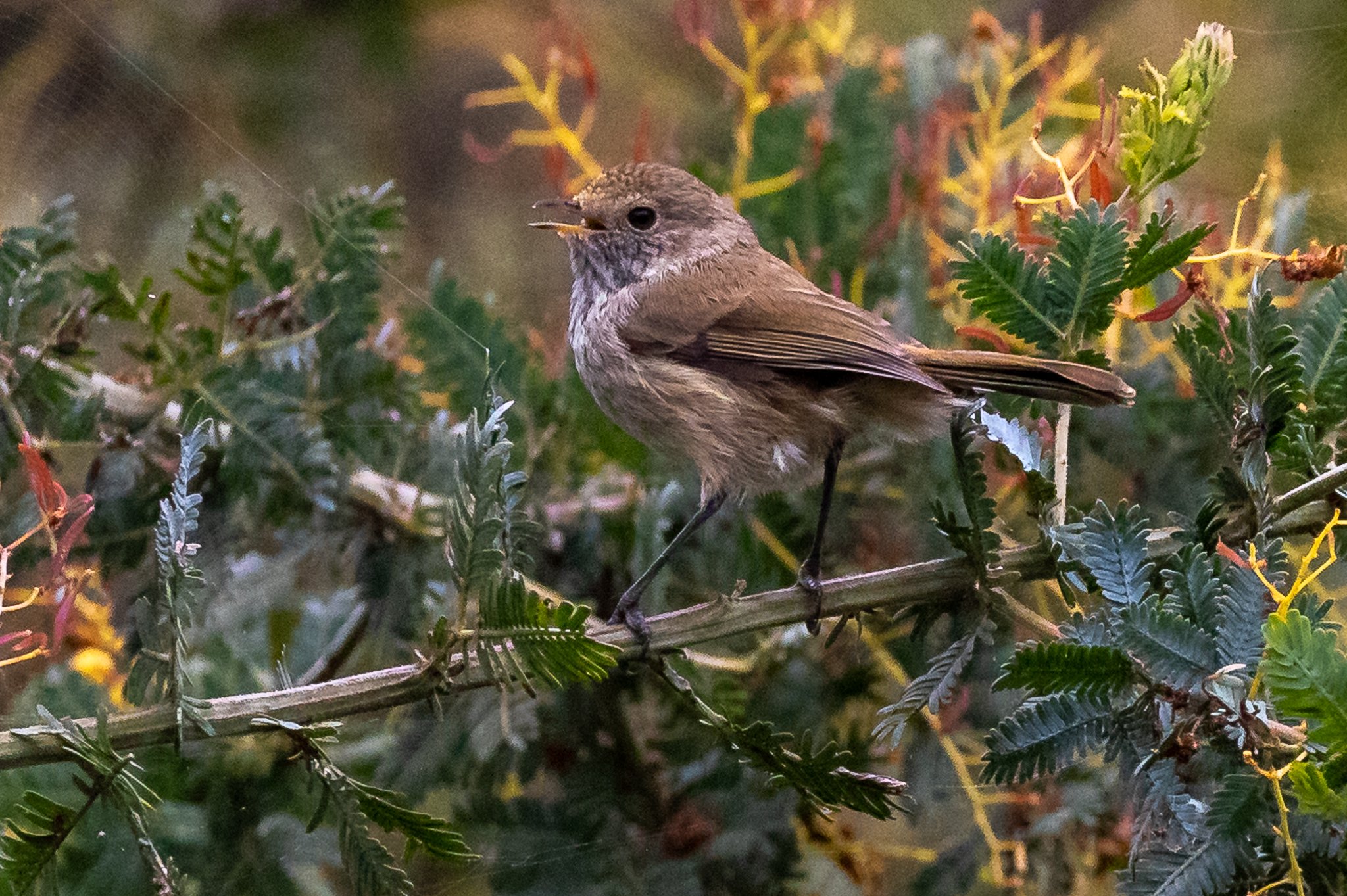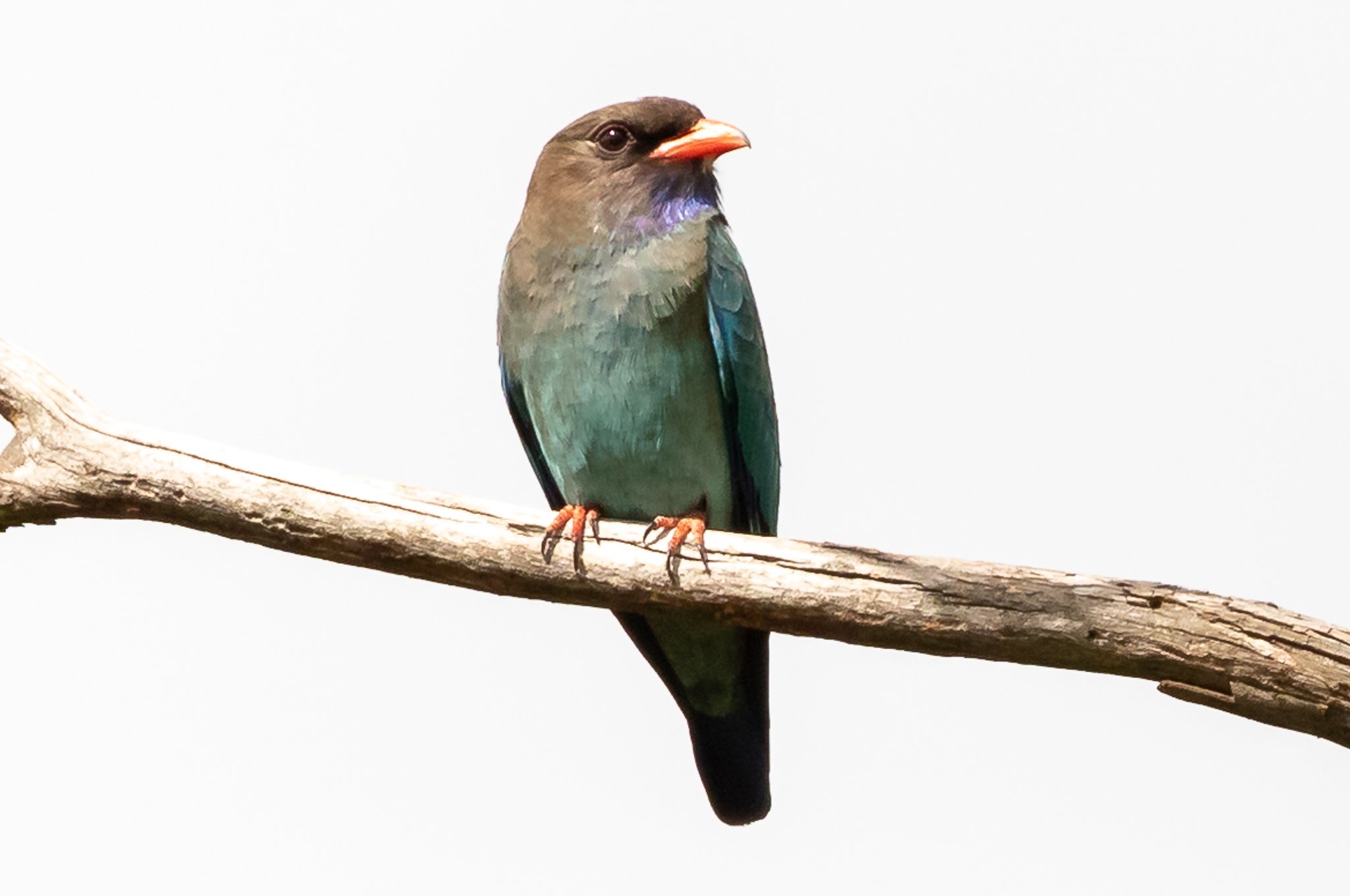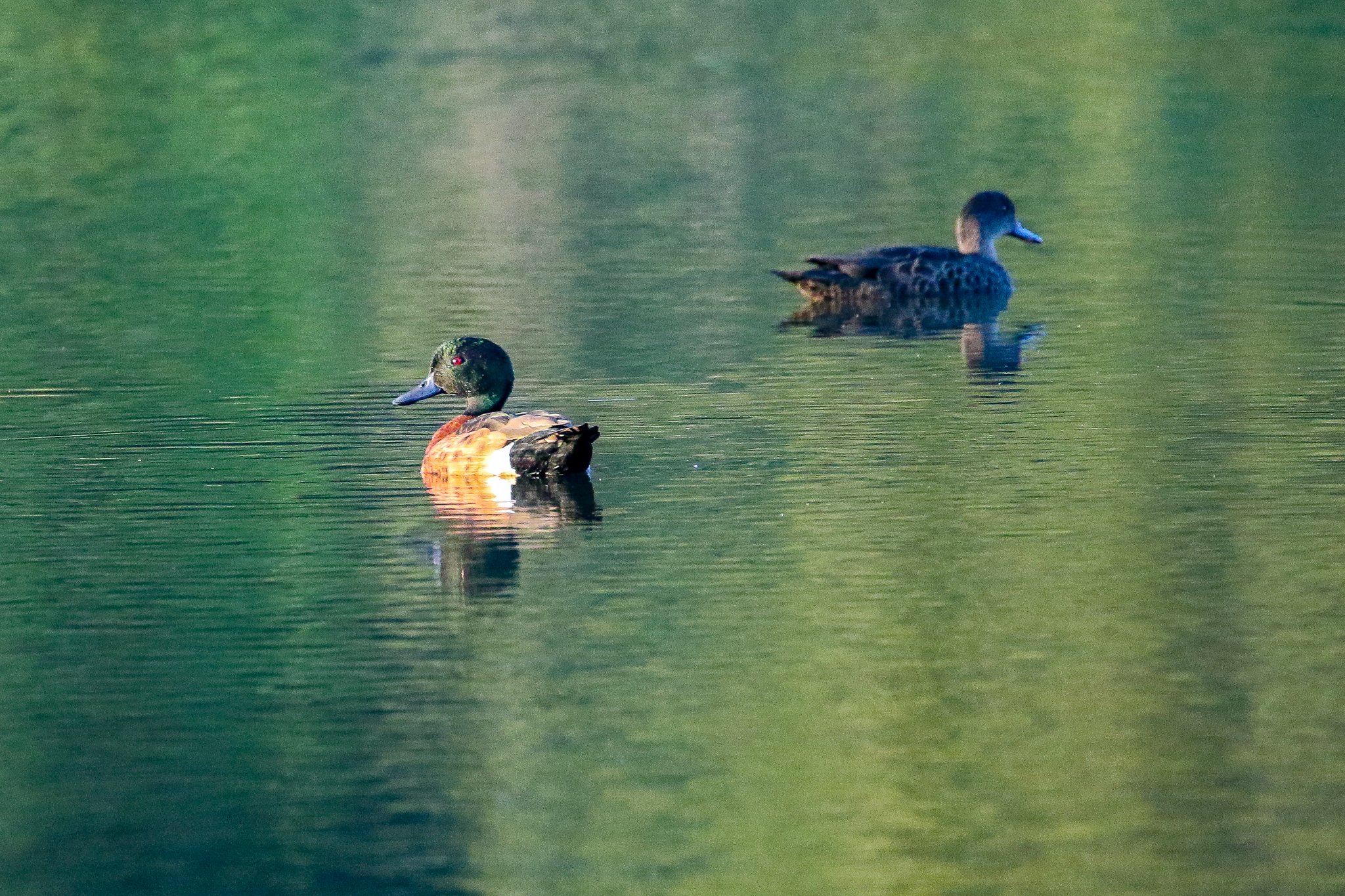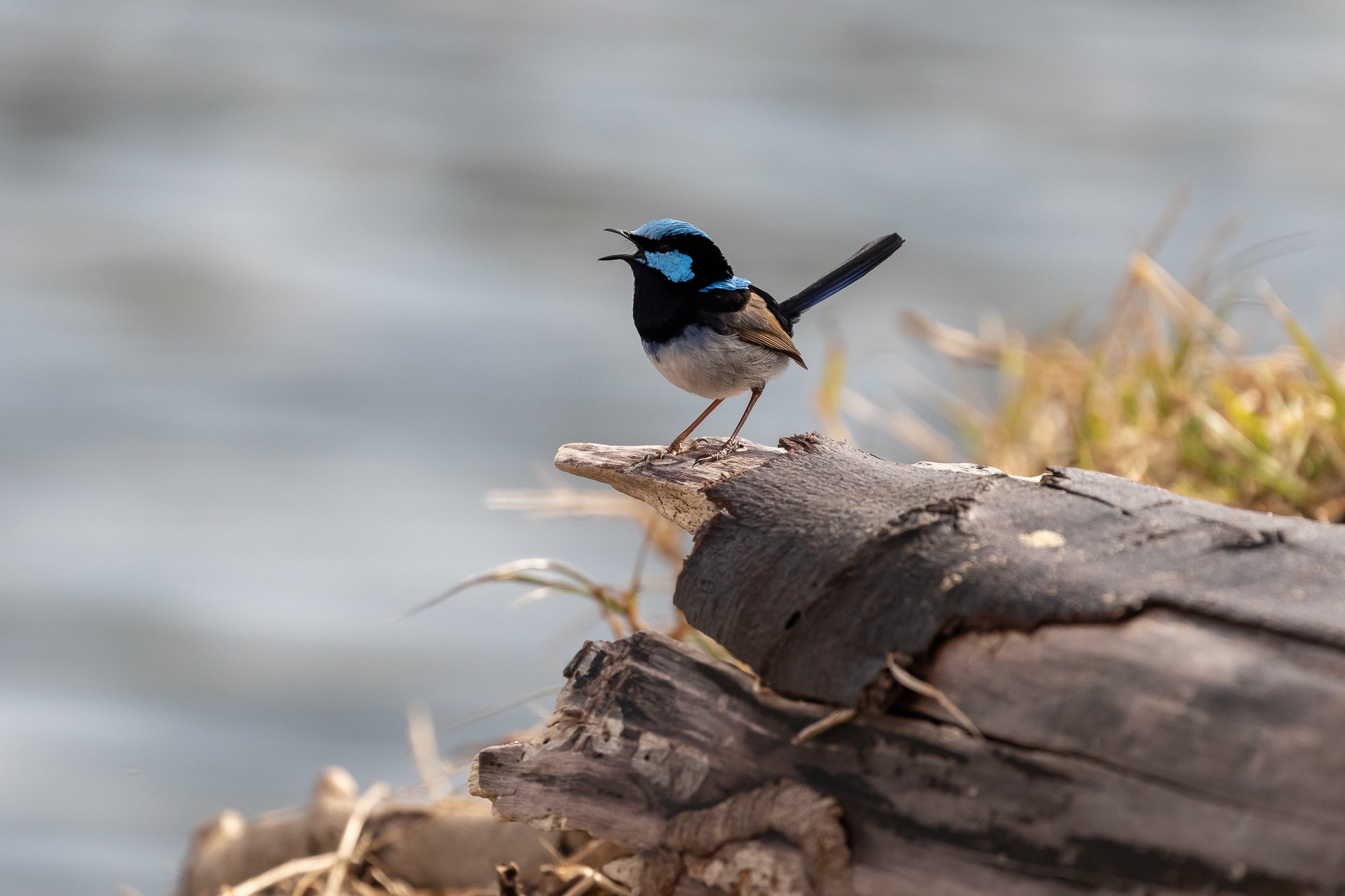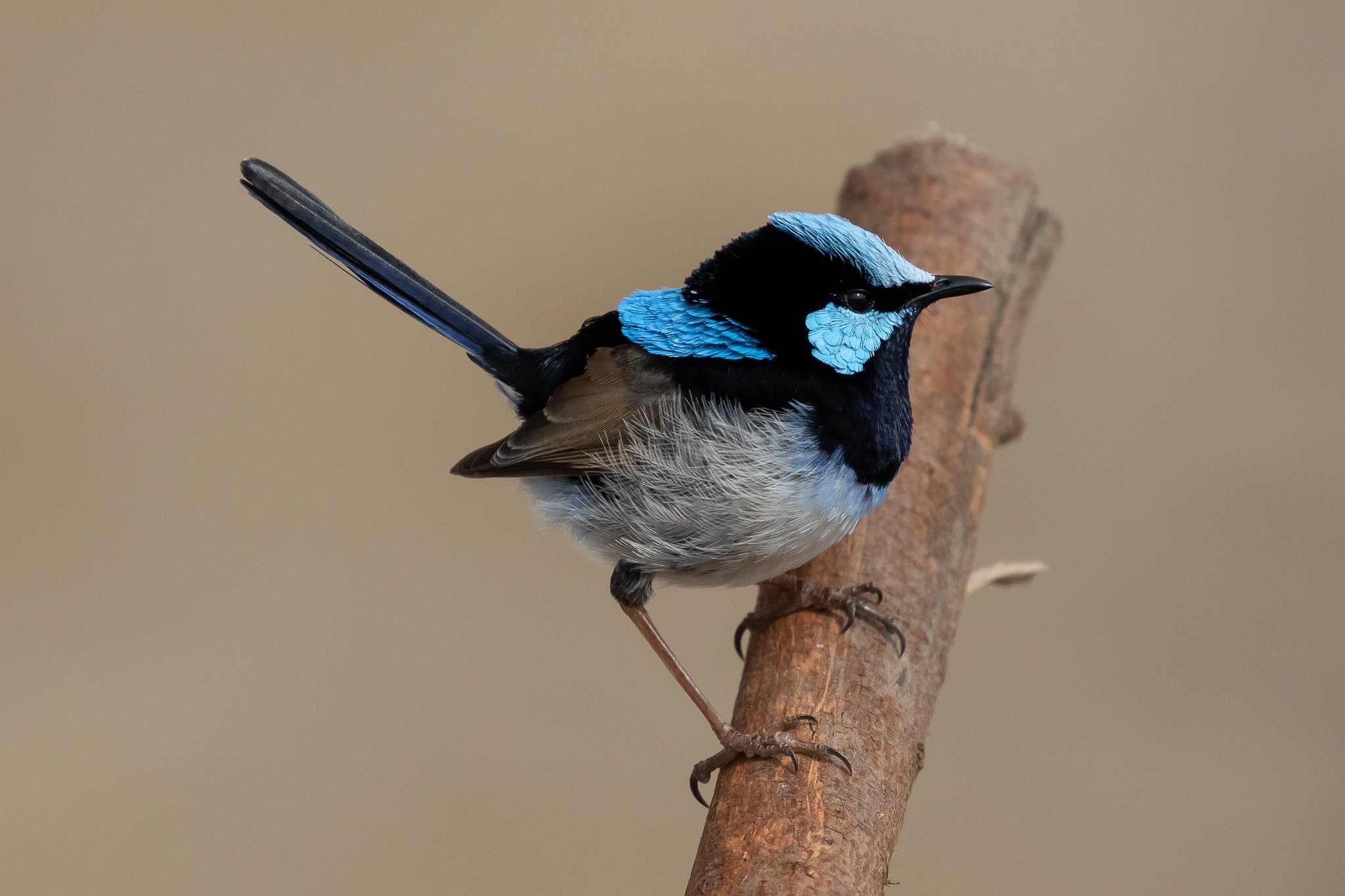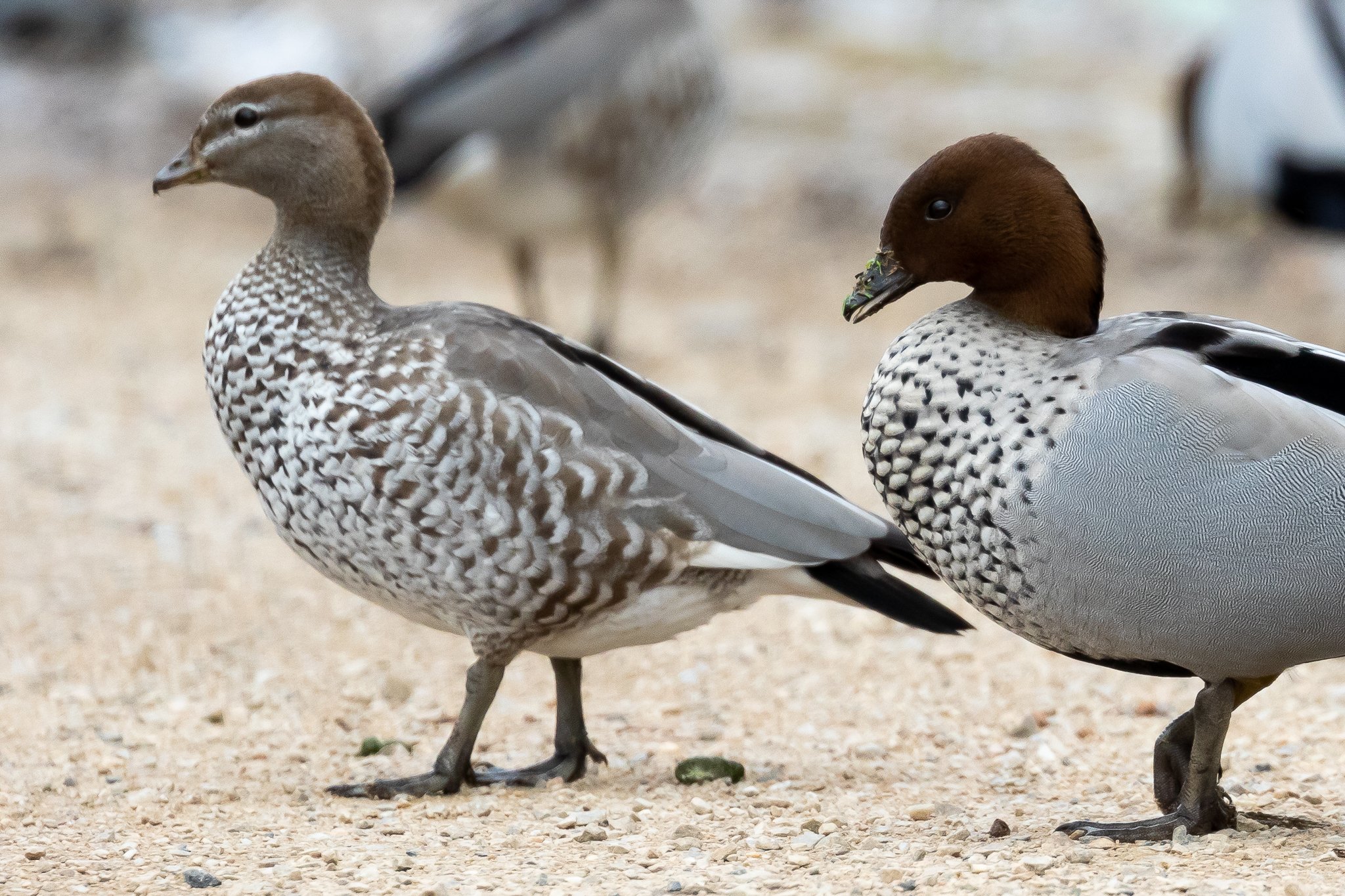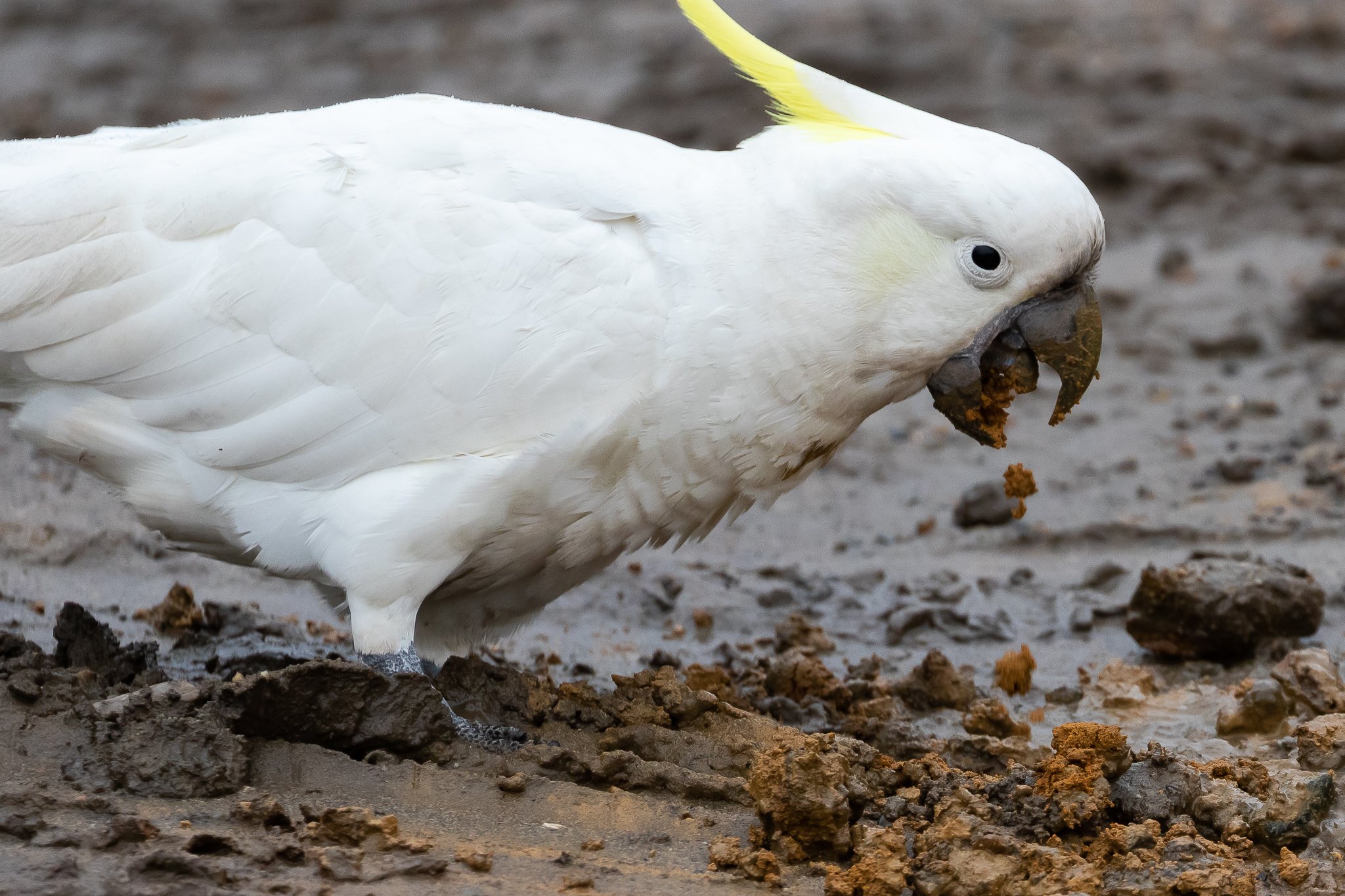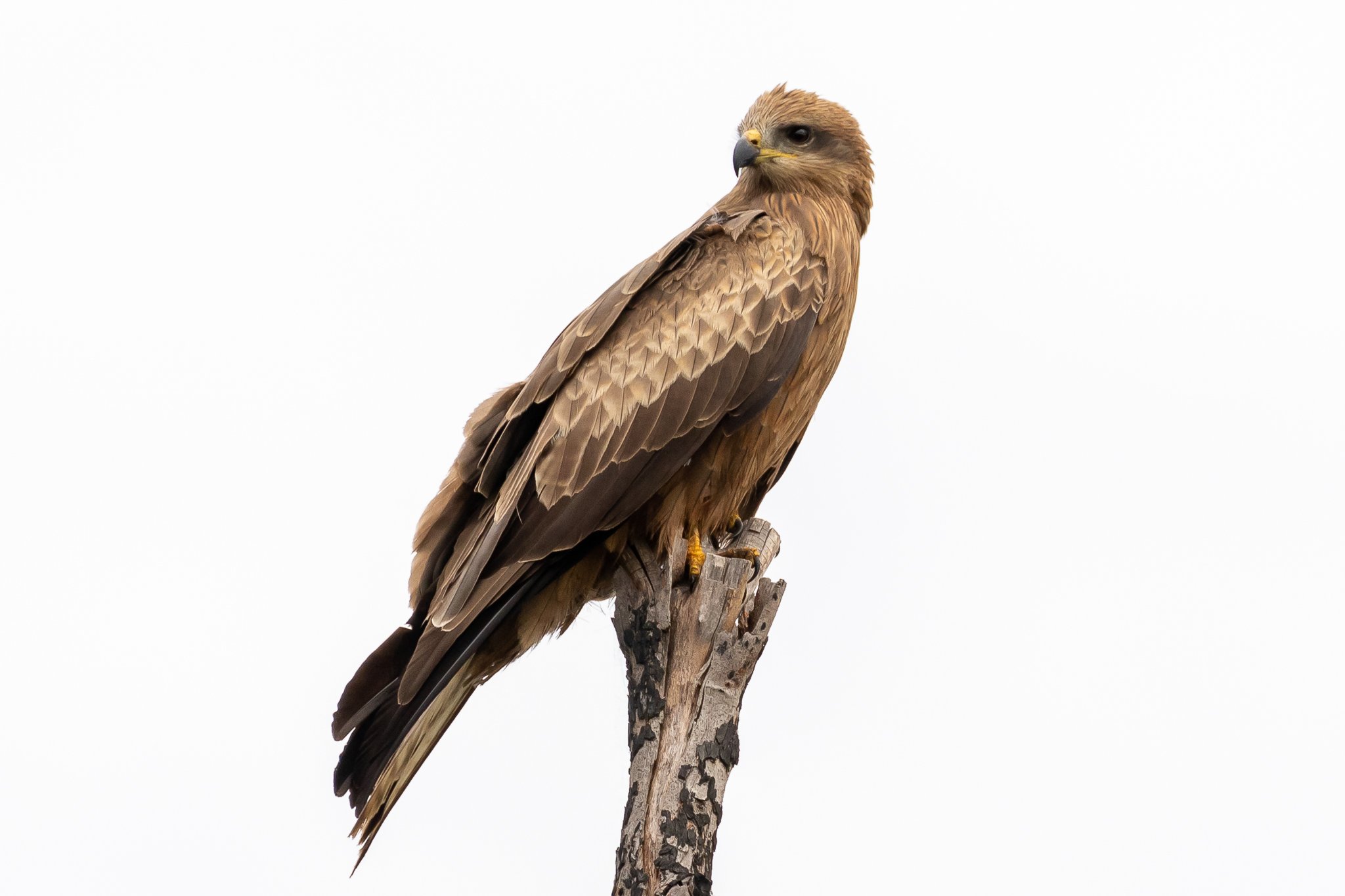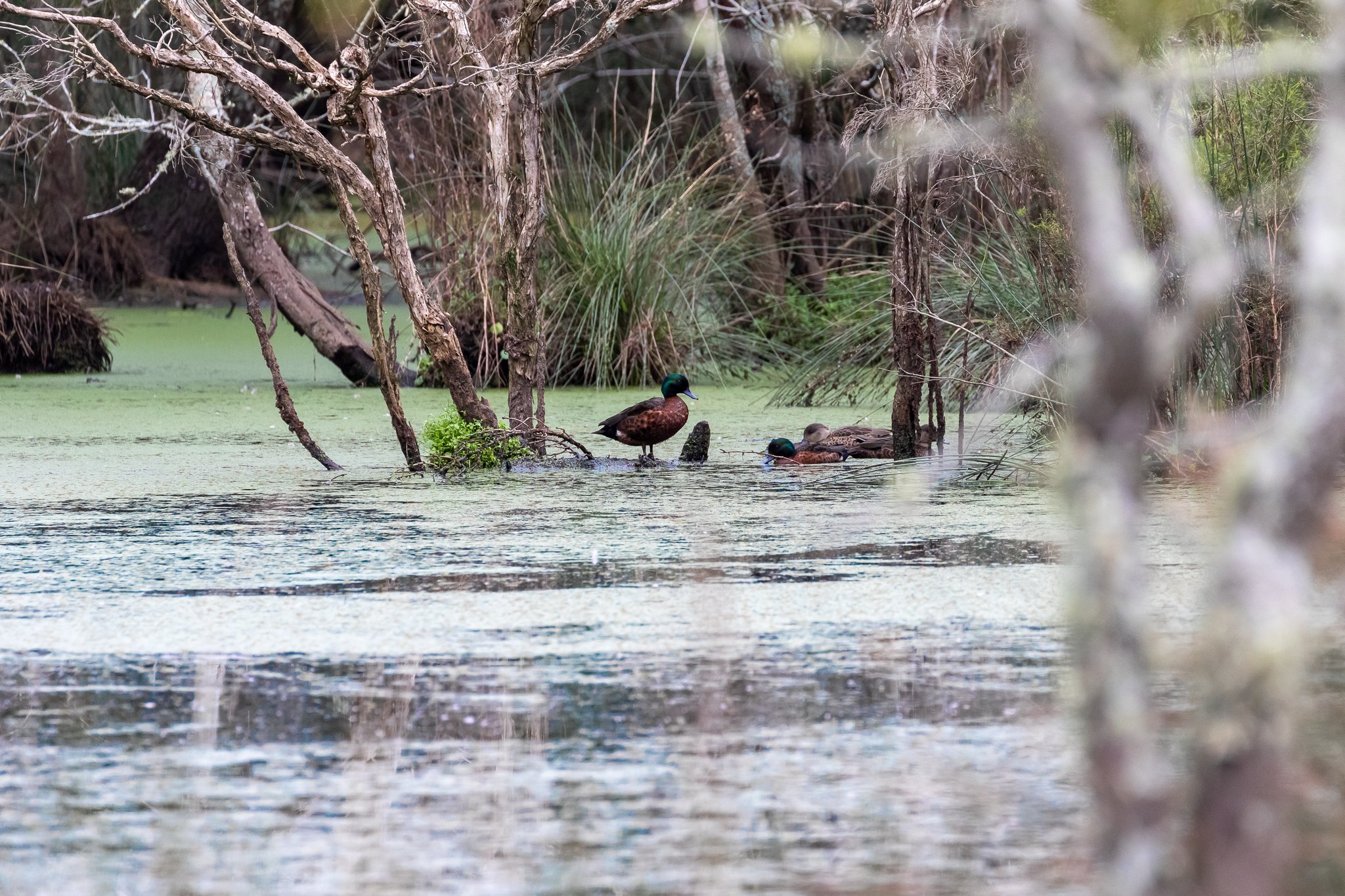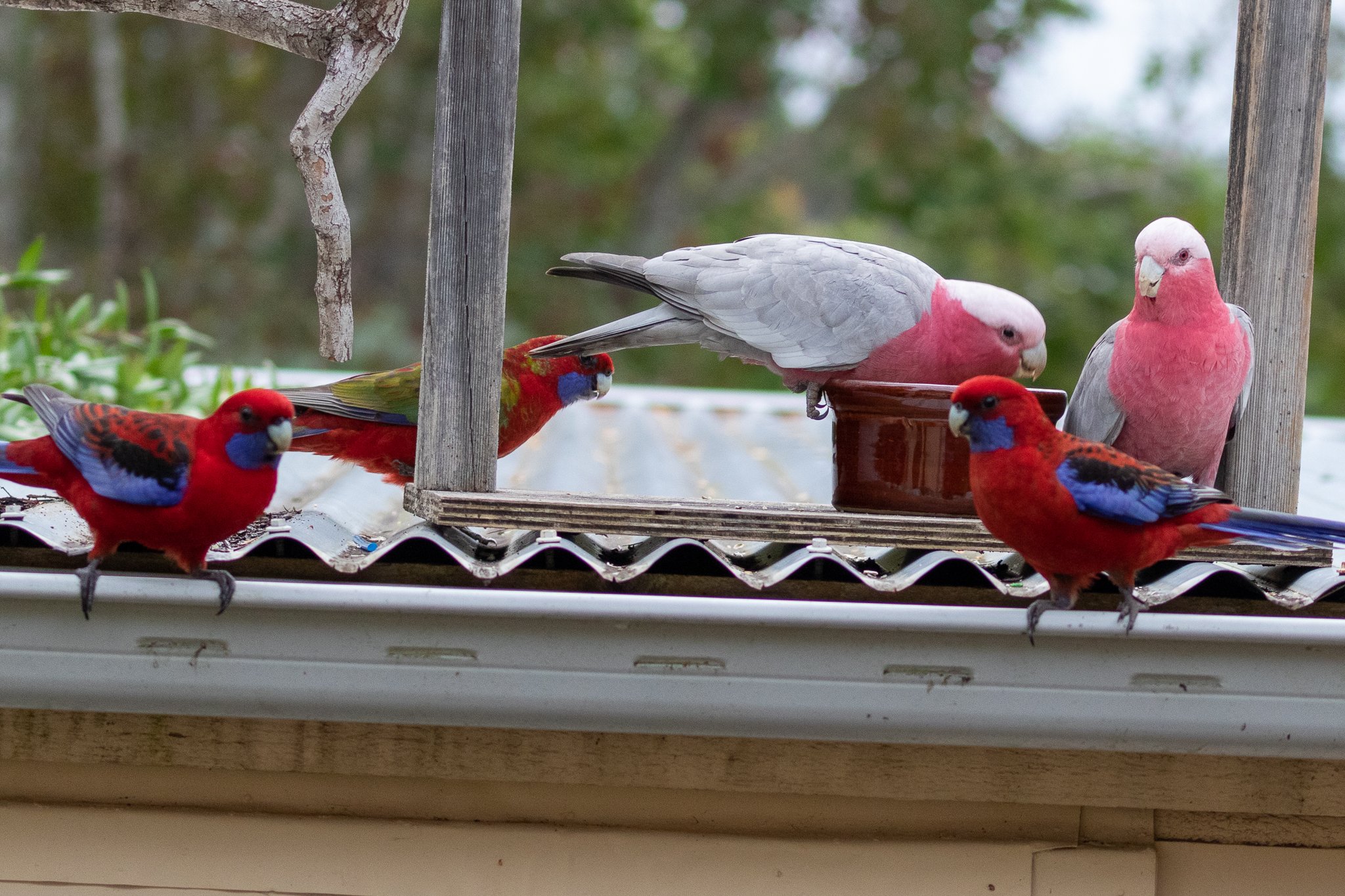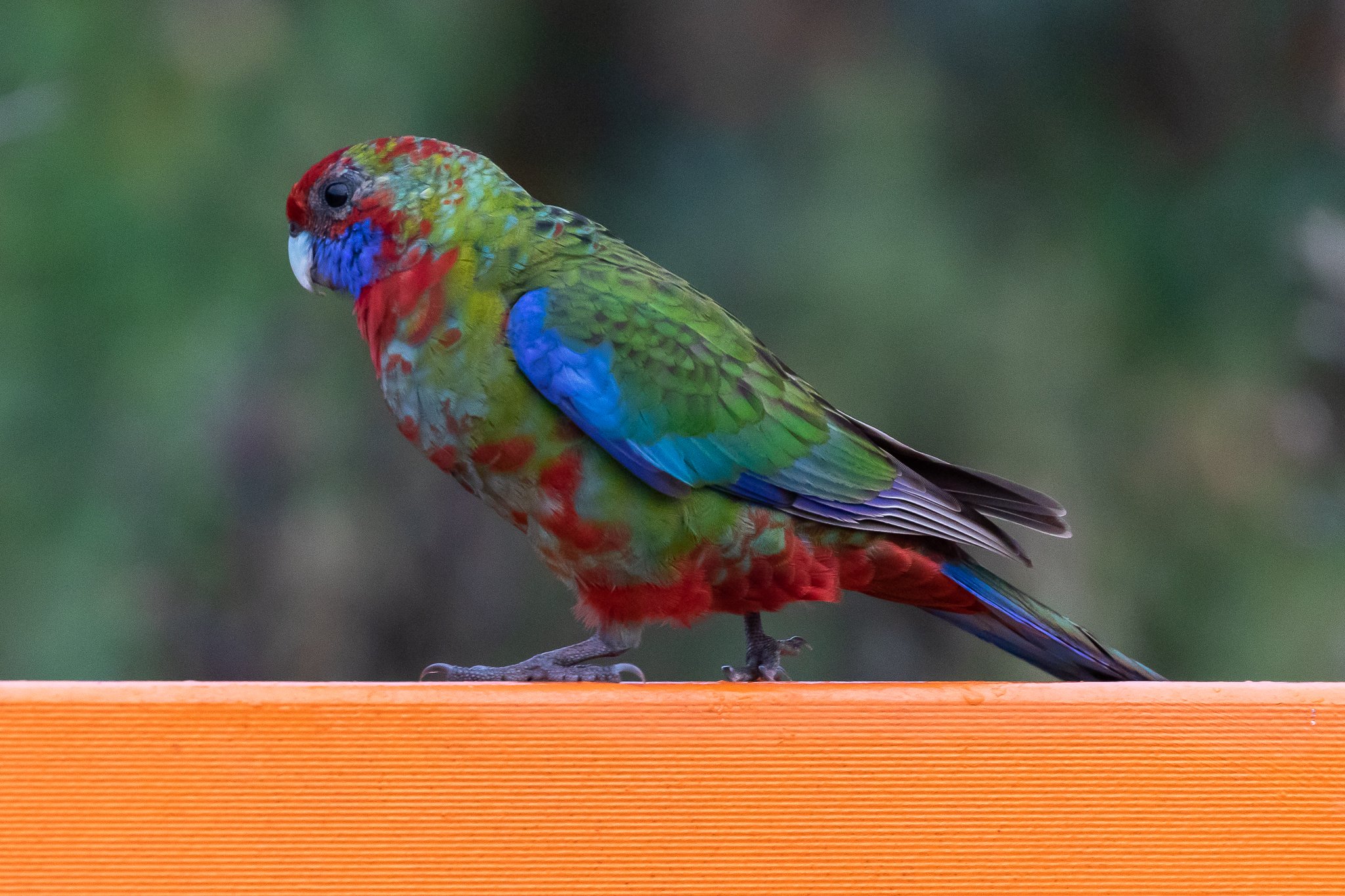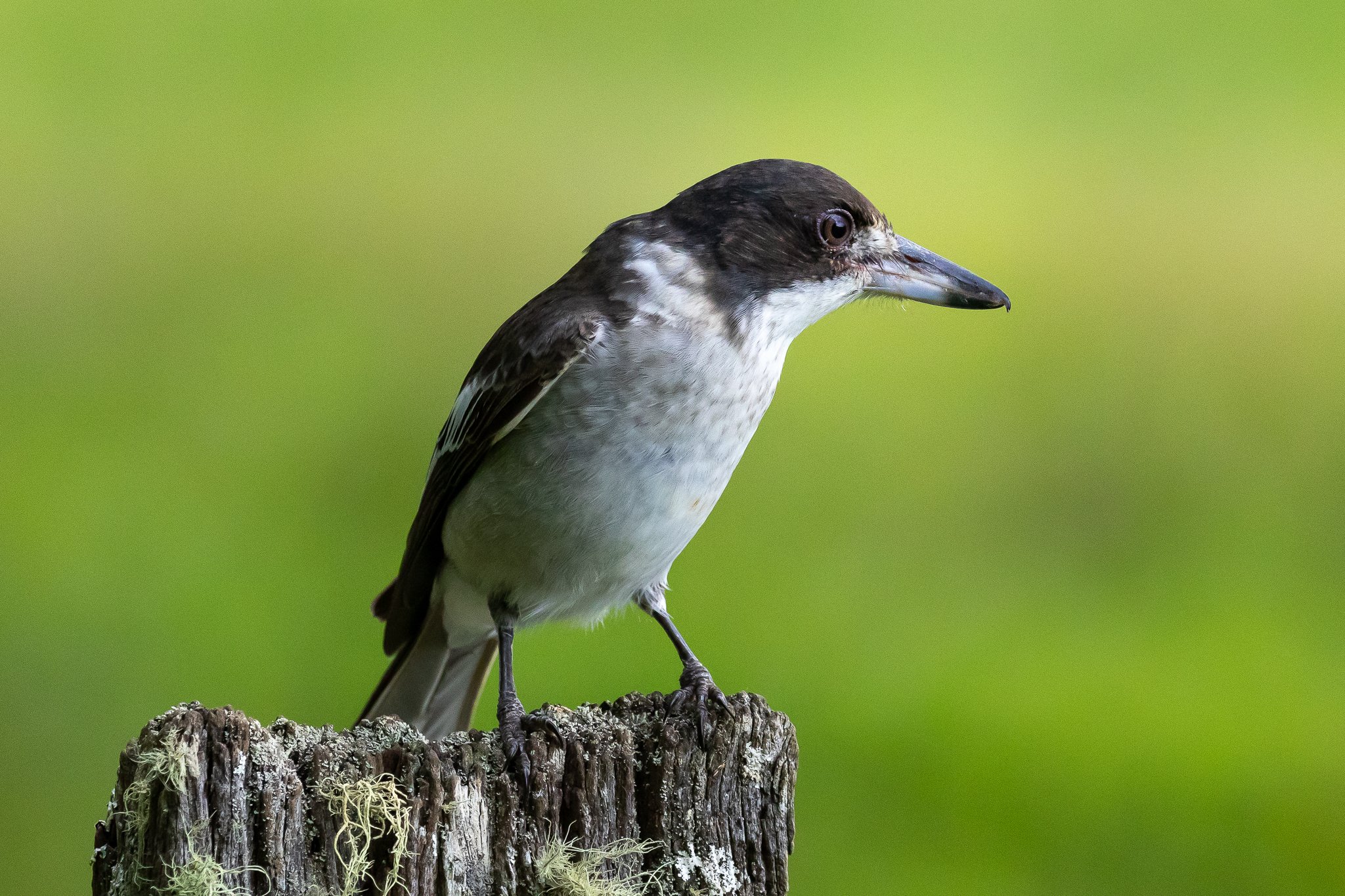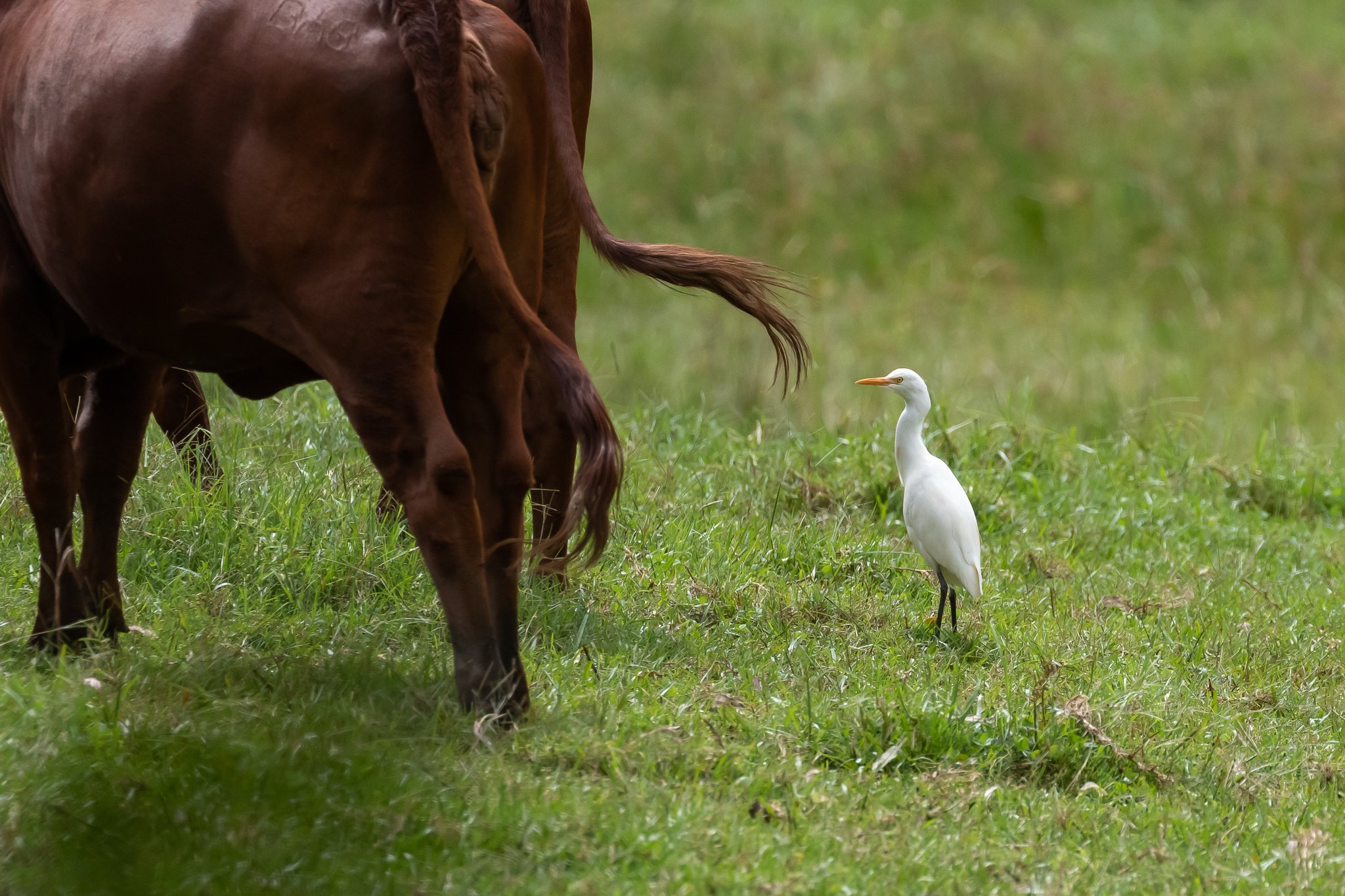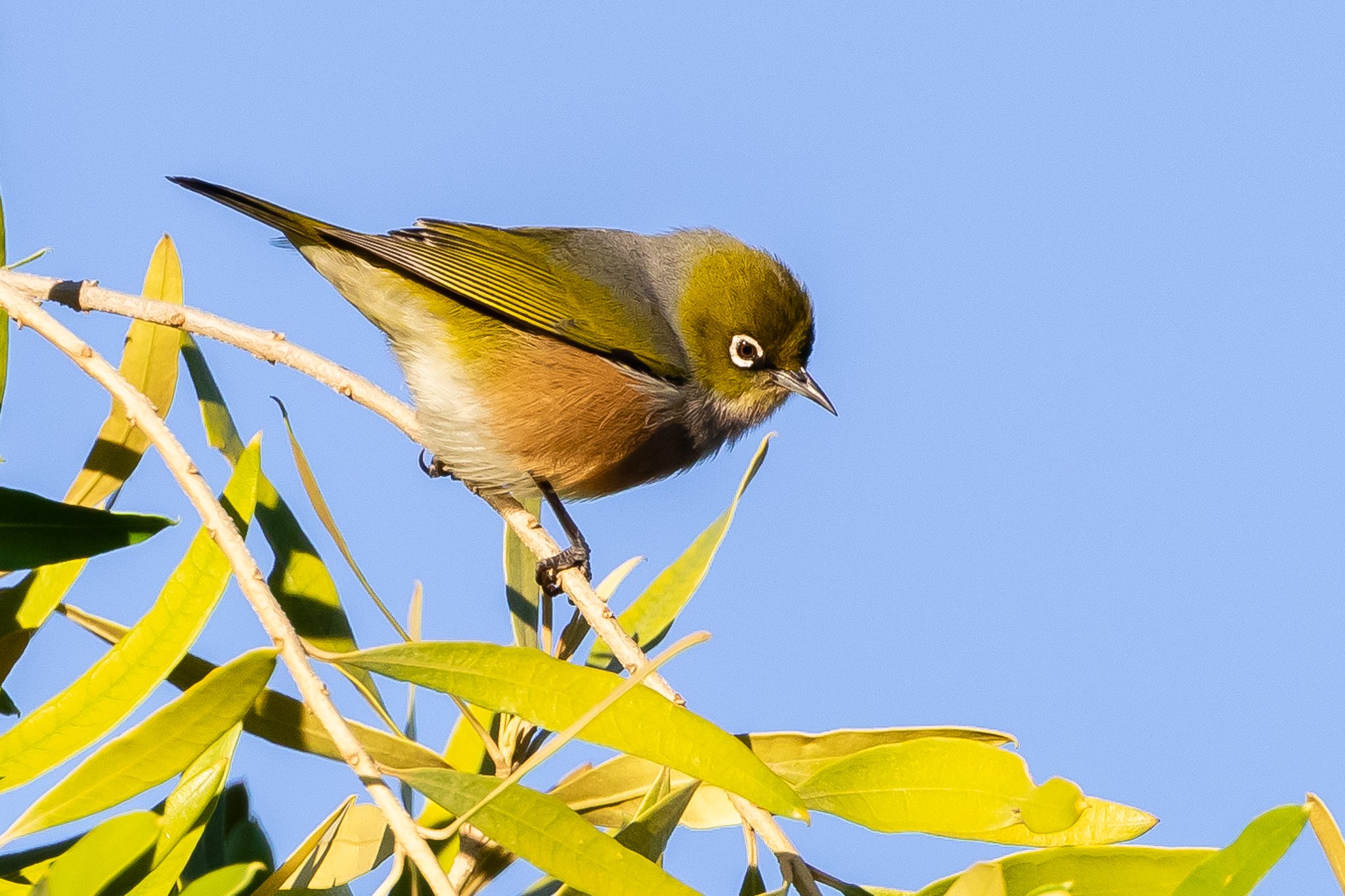A group of seals is seen regularly around Red Head peninsula on the New South Wales South Coast - most often drifting near the rocks with their fins erect to adjust body temperature. Recently, and for the first time, I saw several seals basking on the rocks, and also some signs that they may have been feeding on seabirds.
The seals at Red Head have previously been identified as Australian Fur Seals.
This is the rock on which the following photographs were taken, all within a few metres of each other at the flat ridge near the top of the rock.
Remains of a seabird, its body largely eaten.
A hollow about 75 cm diameter forming a ‘‘nest” lined with feathers. A nice size for a resting seal?
Deposits - regurgitated or scats? with a high content of feathers.
Another seal resting.







